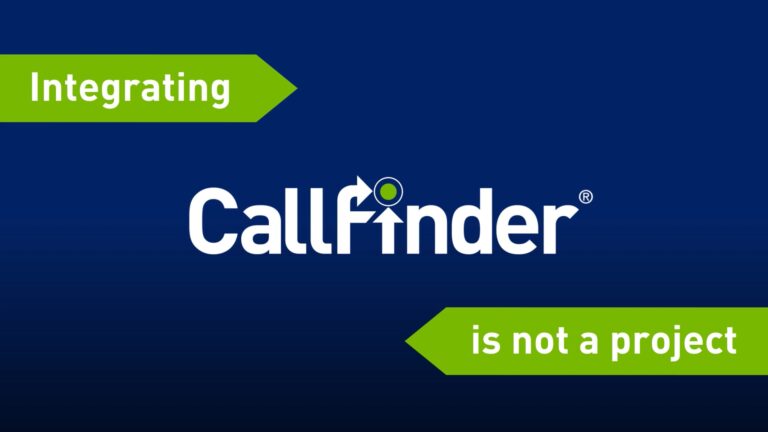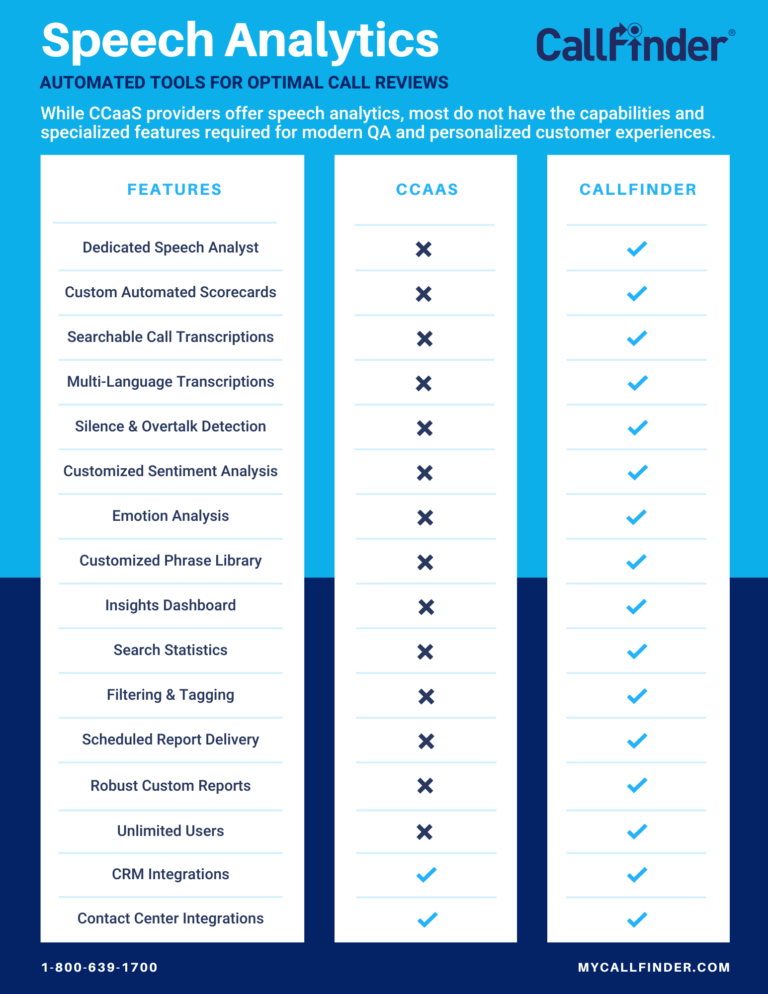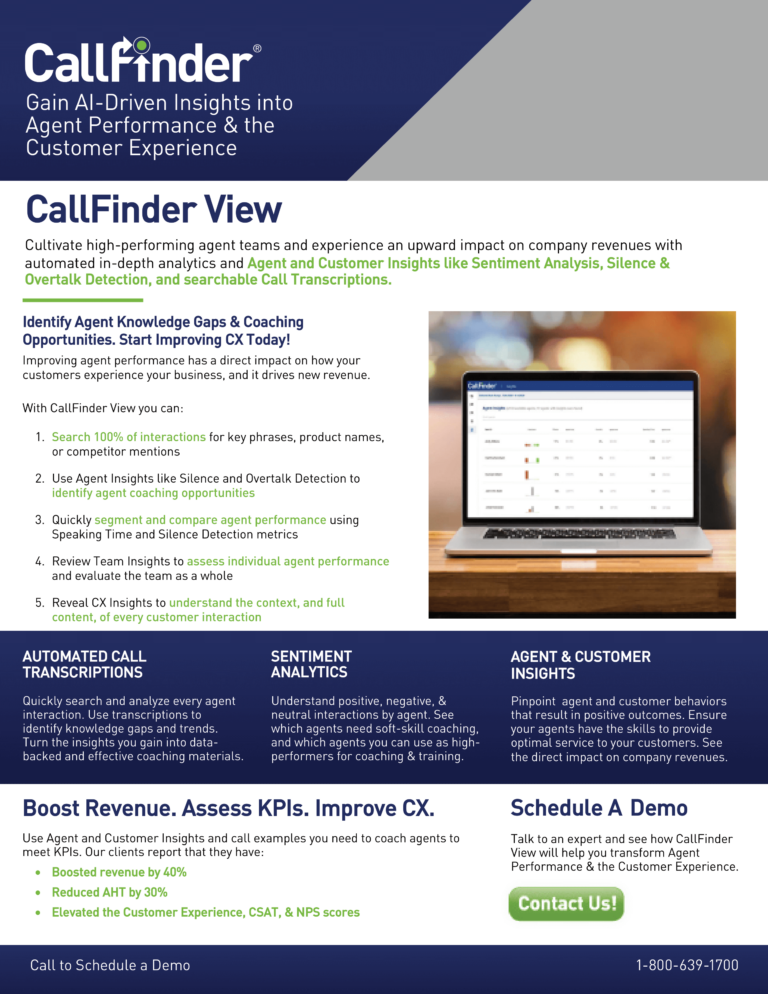In the world of customer service, challenges are inevitable. From product issues to communication breakdowns, businesses often find themselves grappling with a myriad of customer problems. However, it’s not the presence of these problems that defines a company; rather, it’s how they are addressed and resolved.
In this blog post, we’ll explore some of the most common customer pain points. Then we’ll provide strategies for businesses to effectively navigate them.
Failing to Meet Customer Expectations
Meeting customer expectations is not just a goal—it’s a fundamental requirement for success. However, there are times when a product or service fails to live up to lofty customer standards. In such instances, the repercussions can be significant. Failing to meet customer expectations impacts not only the customer experience but also the overall reputation and bottom line of the business.
One of the most prevalent issues faced by customers is when the product or service they receive is incorrect. Whether it’s a defective item, malfunctioning software, or a subpar service experience, such incidents can significantly tarnish a brand’s reputation. You as a customer may have also experienced issues related to shipping and delivery.
Delays, damaged packages, or lost shipments are common, especially in the e-commerce sector. This disappointment can be particularly acute if the customer had high hopes for the product or service based on previous experiences or marketing promises. These failed expectations can erode the trust that customers have in a brand.
Lack of Trust
Trust is the foundation of any successful customer relationship, and when it’s broken, it can be challenging to regain. Customers may begin to question the reliability and credibility of the business, leading to decreased loyalty and a reluctance to engage with the brand in the future.
To address these problems, businesses must prioritize quality control and proactive customer support. Implementing rigorous testing protocols, providing clear product documentation, and offering prompt resolutions to customer complaints are crucial steps in mitigating these issues.
Poor Customer Reviews
Dissatisfied customers are also more likely to share their negative experiences with others. Whether through word-of-mouth conversations, online reviews, or social media posts, they may warn friends, family, or followers about their disappointment with the product or service. Negative word-of-mouth can spread quickly and damage the reputation of the business, deterring potential customers from engaging with the brand.
When customers are disappointed, they are less likely to make repeat purchases or continue engaging with the business over the long term. This reduction in customer lifetime value can have significant financial implications for the business, as acquiring new customers is typically more costly than retaining existing ones.
Communication Breakdowns
Communication breakdowns between businesses and customers can also often lead to frustration and dissatisfaction. Whether it’s delayed responses to inquiries, unclear information, or ineffective communication channels, poor communication can drive customers away.
Establishing clear communication channels and response protocols is essential. Businesses responding to customer inquiries promptly, utilizing multiple communication channels (such as email, phone, and live chat), and ensuring consistency in messaging across all platforms tend to see more sustainable and successful business practices.
Conclusions
In conclusion, while common customer problems may pose challenges to businesses, they also present opportunities for growth and improvement. Building a sustainable business is crucial for long-term success through maintaining trust, loyalty, and satisfaction from customers.
Did you know you can do all of this with a speech analytics solution? By analyzing 100% of your calls, your QA managers can implement proactive agent training strategies, prioritize customer satisfaction, and foster open communication. With an effective agent training program, businesses can not only address these issues efficiently but also build stronger relationships with their customers in the process.
After all, in the realm of customer service, every problem is an opportunity to exceed expectations and showcase excellence. Learn how CallFinder help you showcase your excellence when you book a short demo!











